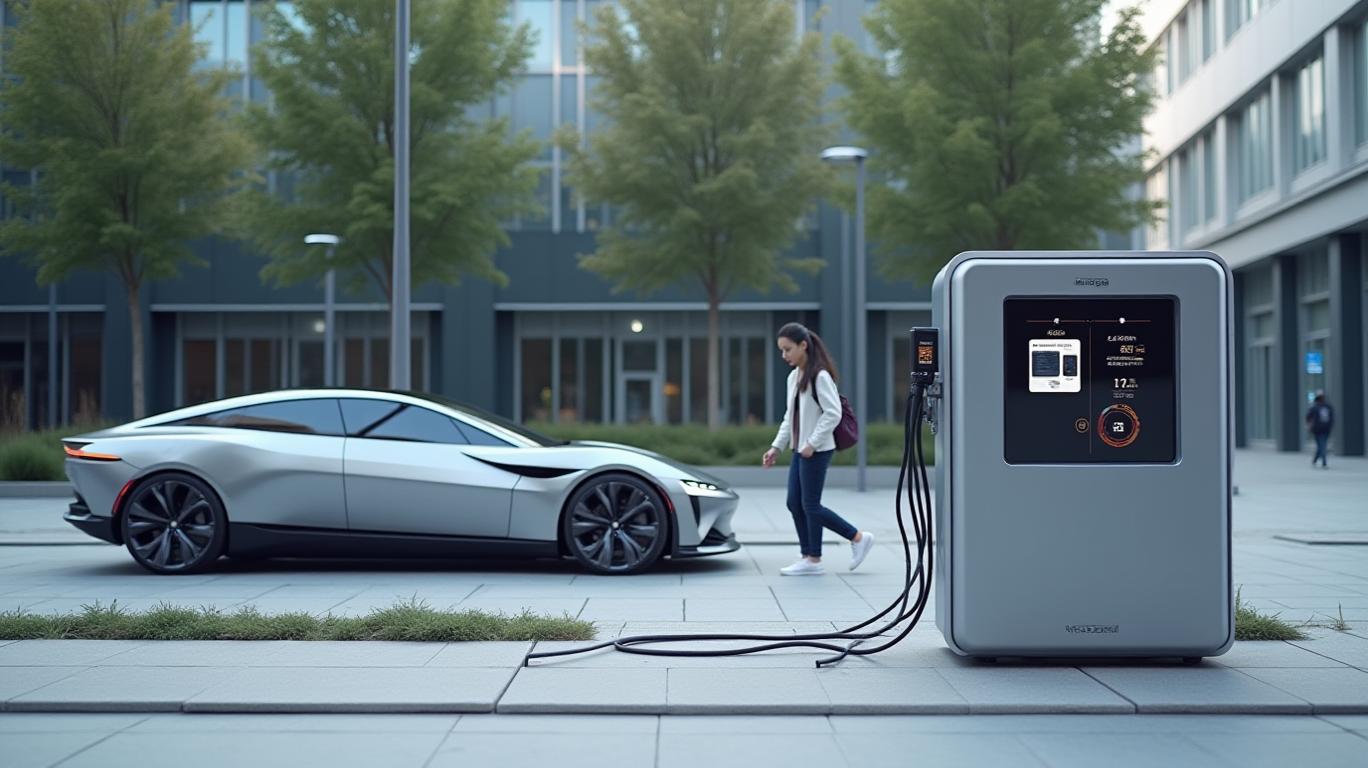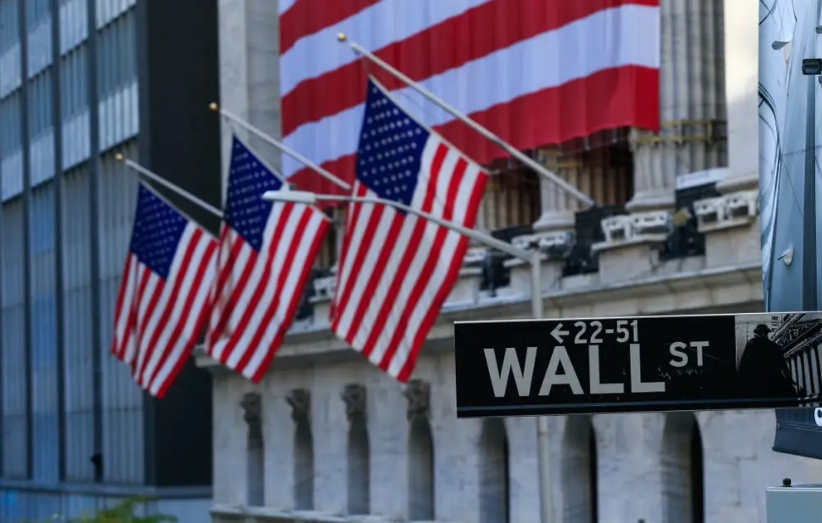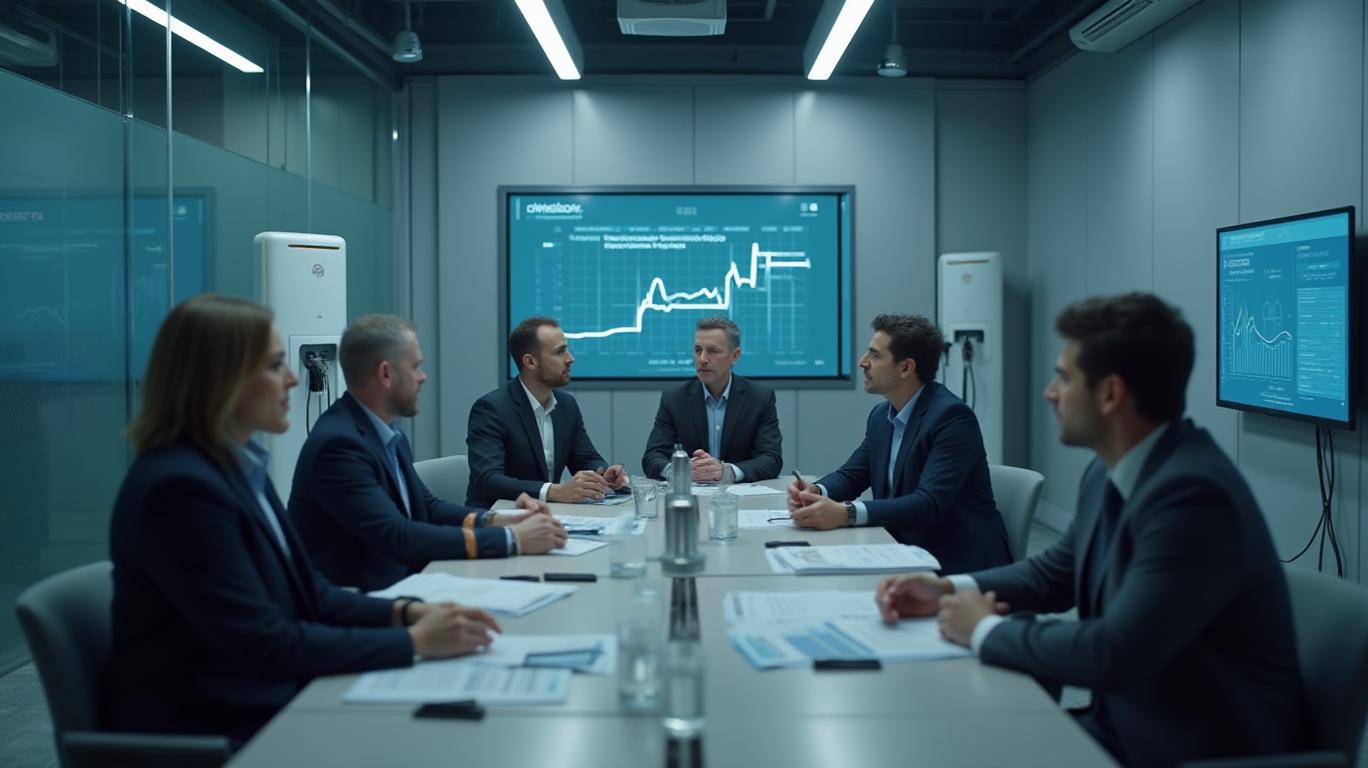Wallbox N.V. Q1 Earnings Preview: Navigating Challenges Amid EV Market Shifts
Wallbox N.V. (NASDAQ: WBX), a leader in electric vehicle (EV) charging infrastructure, is set to report its first-quarter 2025 earnings on May 7, 2025. As the EV market faces headwinds, including supply chain disruptions and shifting consumer demand, Wallbox’s performance will hinge on its ability to execute strategic initiatives while managing mounting financial pressures. Below is an in-depth preview of its Q1 outlook, recent business developments, and the risks investors should monitor.

Earnings Preview: Mixed Signals in a Challenging Quarter
Wallbox’s Q1 2025 estimates reflect a fragile balance between stabilization and continued struggles. Analysts project $0.00 earnings per share (EPS) for the quarter, slightly better than the -$0.10 reported in Q1 2024, though no analysts explicitly provide estimates due to uncertainty. Revenue is expected to drop 16.78% year-over-year (YoY) to $38.65 million, driven by softer demand in key markets like Europe and the U.S.
The company’s financial trajectory remains uneven. While adjusted EBITDA is projected to turn positive in 2025 (after years of losses), net income remains negative at -$23 million for the year. This contrasts with $172.92 million in full-year revenue—a mere 0.45% increase from 2024—highlighting weak top-line momentum.
Ask Aime: Will Wallbox's Q1 earnings release provide insight into the EV market's resilience?
Strategic Moves to Drive Growth
Despite the challenging backdrop, Wallbox has advanced several initiatives to secure its position:
- Manufacturing Expansion:
- The Arlington, Texas, factory, now producing 500,000 units annually, reduces reliance on overseas manufacturing and supports North American sales.
Warehouse expansions in the U.S. aim to deliver chargers across the country in under 72 hours, enhancing customer service and competitiveness.
Ask Aime: How will Wallbox's Q1 2025 earnings affect the EV market?
Regulatory Compliance:
- To capitalize on the EU’s 2025 mandate requiring commercial buildings to install EV chargers, Wallbox launched its eM4 Twin, a cost-effective, dual-port charger. Paired with its Electromaps Manager software, the eM4 enables businesses to manage public charging networks efficiently.
In Germany, Eichrecht certification for its Supernova DC fast charger unlocked a critical market, while the Quasar 2 bidirectional charger—the first of its kind certified in the U.S.—targets home energy management.
Funding and Partnerships:
- A $10 million private placement in February 2025, led by Iberdrola and existing shareholders, strengthened liquidity.
- Strategic alliances with Uber and Best Buy expanded its retail footprint in Canada, a growth region for EV adoption.
Financial Risks: Debt and Profitability Pressures
Wallbox’s path to profitability remains fraught with challenges:
- High Debt Levels: Net debt is projected to hit $190 million by 2026, with a Debt/EBITDA ratio of 20.37x in 2025—a red flag for investors. While management aims to reduce leverage, rising interest rates could amplify costs.
- Profitability Lag: Despite margin improvements (EBITDA margin expected to rise to 2.65% in 2025), net income remains deeply negative. Analysts question whether Wallbox can scale efficiently enough to meet its $238 million revenue target for 2026.
- Market Volatility: EV sales slowed in 2024, and Wallbox’s Q1 revenue decline underscores the sector’s unpredictability.
Analyst Outlook: Divided Sentiment
Analysts remain split on Wallbox’s near-term prospects:
- Bullish Case: Firms like Canaccord Genuity maintain a “Buy” rating, citing long-term EV adoption trends and the company’s leadership in bidirectional charging.
- Bearish Concerns: Stifel downgraded WBX to “Hold” in October 2024, citing execution risks and high valuation multiples. The average analyst price target of $1.13 reflects skepticism about near-term results, given the stock’s current price of $0.37—a 66% discount to targets.
Conclusion: A High-Reward, High-Risk Play
Wallbox’s Q1 earnings will be a litmus test for its ability to navigate the EV market’s turbulence. While its strategic moves—such as expanding manufacturing capacity, complying with EU regulations, and launching innovative products—position it to capitalize on long-term trends, its $190 million debt burden and negative net income pose material risks.
Investors should weigh the $238 million revenue growth forecast for 2026 against near-term headwinds like weak demand and elevated leverage. The Arlington factory’s ramp-up and eM4’s adoption in EU markets could be catalysts, but Wallbox must prove it can turn margins positive without sacrificing growth. For now, the stock’s valuation suggests a speculative bet on the EV future—rewarding if the company executes, but perilous if it stumbles.
Wallbox’s journey underscores the broader EV sector’s reality: breakthroughs are possible, but the road to profitability is paved with risks.




_1ce4c13f1747155911325.jpeg)





